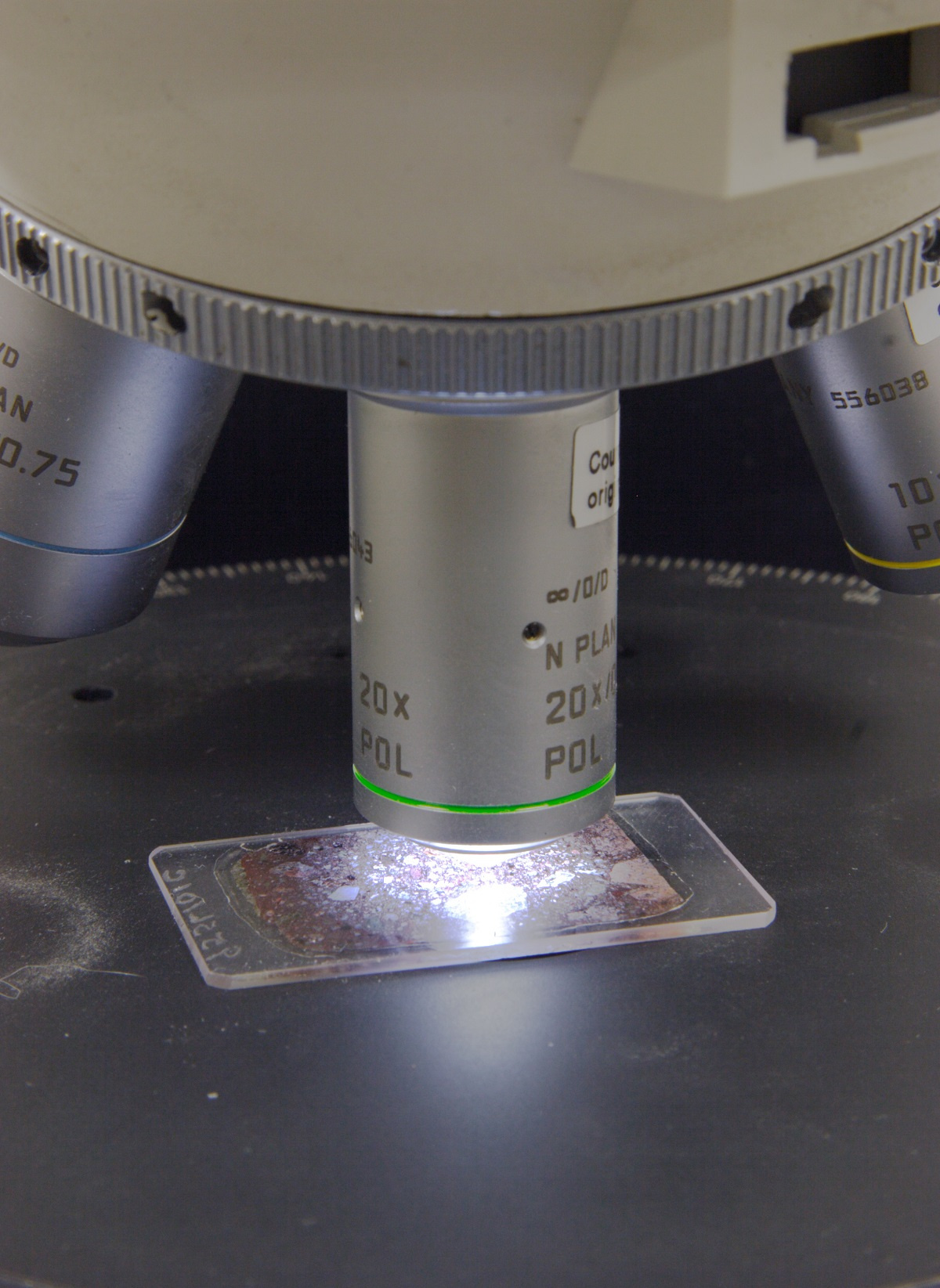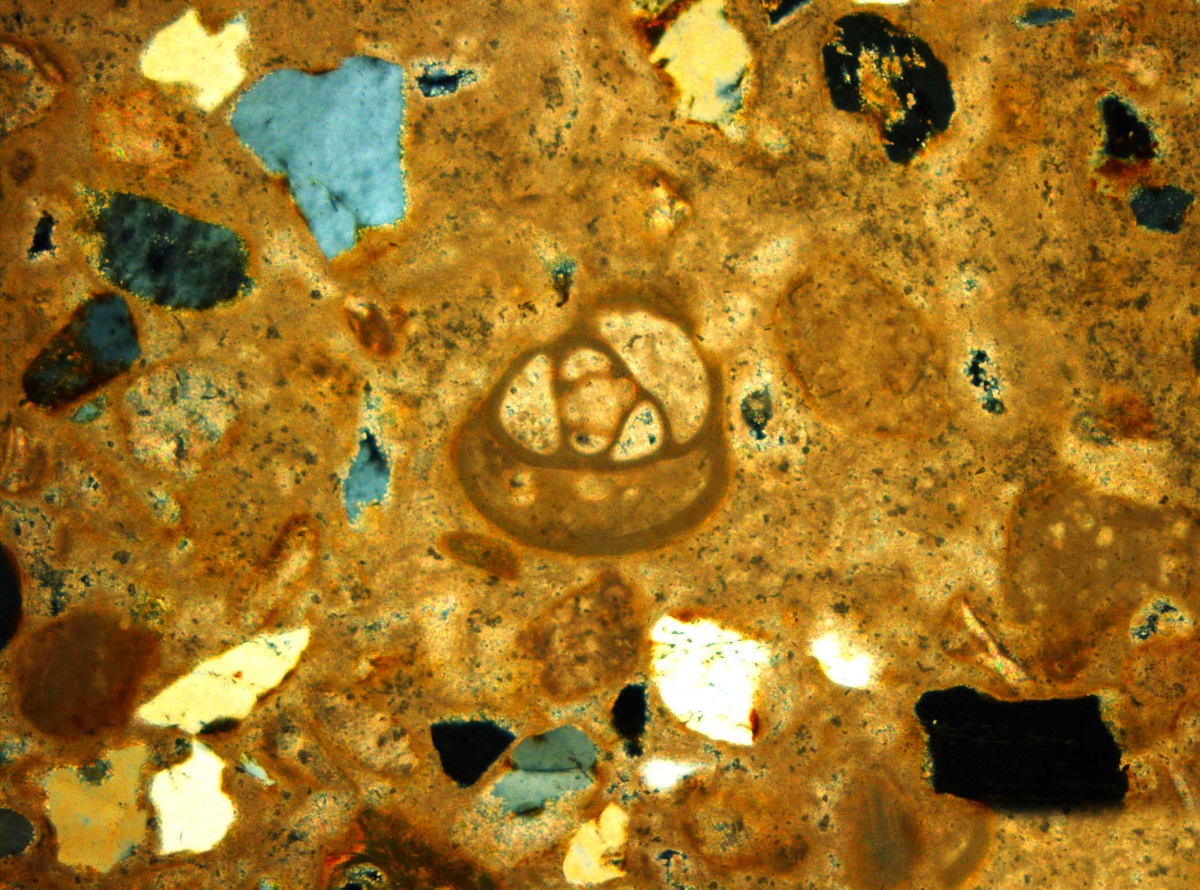Preparing a Thin Section of a Rock
 A
A  thin section of rock is prepared so mineralogists and petrologists can identify, study, and analyze the material more closely. This is known as thin section preparation. Using this method, you can classify minerals, identify problems in quarries or structures, examine mineral potential in geological environments, and identify the geographical source of archaeological artifacts. Here’s everything you need to know about thin section preparation.
thin section of rock is prepared so mineralogists and petrologists can identify, study, and analyze the material more closely. This is known as thin section preparation. Using this method, you can classify minerals, identify problems in quarries or structures, examine mineral potential in geological environments, and identify the geographical source of archaeological artifacts. Here’s everything you need to know about thin section preparation.
What a Thin Section Is
A thin section of rock is the result of a thicker portion of rock being ground up and polished so it can be studied and analyzed. These experts use a polarizing petrographic microscope, election microscope, or electron microprobe, to categorize and inspect the rock’s mineral composition, aggregate components, and microstructural features. Thin section processing can be done on minerals, soil, pottery, bones, and metal as well.
Finding a Rock to Prepare
You can find rocks just about anywhere in nature. Riverbeds, lake and ocean shores, forests, and even your backyard are abundant with rocks of different shapes, colors, and sizes. Look for specimens with unique features to use for thin preparation. For example, rocks with collections of spherical or cigar-shaped grains are ideal for thin section preparation. Rocks found at archaeological sites make excellent specimens as well, as they might contain mega fossils, microfossils, or even fauna.
Cutting and Thinning a Section of Rock
Thin section preparation begins with a visual inspection of the rock. A sample is then prepared, and, if necessary, water is extracted using low temperatures, time, or it’s replaced with alcohol. Sections are prepared in a petrographic laboratory. If you don’t have access to a laboratory, there are reputable thin section preparation services available online.
Hard rocks work best for thin preparation. Harder rocks are the best specimens for thin section preparation. Frail or crumbly specimens need to be hardened first by adding a resin that’s commonly used to fix soil samples. A thin sliver of the hardened or naturally hard rock is then cut off using a motorized diamond saw or hacksaw. Round rocks are cut using a drill with a tubular diamond grinding tool.
 Grinding and Polishing the Thin Section
Grinding and Polishing the Thin Section
Grinding powders or a circular sander with extremely fine lapping discs or pads are commonly used to grind the section. The coarsest sand disk or pad is used at the start. Light to medium pressure and circular or epicycular motions are applied until the section is as smooth as possible. Then the section is cut again into an ultrathin slice and polished using a cerium polishing compound and a piece of flat metal or glass (to use as a medium for the compound). A beveling tool can smooth any sharp edges of glass or metal. You can use a piece of twill or denim to polish the thin section of rock. Make a cool polishing tool by gluing the twill or denim to one piece of glass or metal with contact cement, then glue both pieces together. Use the polishing compound to charge the surface of the polishing tool. Once your thin section is polished to 30 micrometers, the sample is ready for microscopic examination.
Examination of a Thin Section
Once you have a properly prepared and polished thin section of rock, the sample can be placed under the microscope or microprobe. Medical or petrographic-grade TAI slides are used to for thin sections. Make sure slides are cleaned thoroughly. Once this is done, the specimen can be placed on the on a layer of paper made from several sheets. Then slow-set epoxy is used to mount the section to the slide. If you place the section between two polarizing filters then set the filters at right angles to each other, the light from the microscope will be altered by the optical properties of the minerals within the rock section. Experts use this method to easily identify the unique minerals in rocks.
National Petrographic can prepare your thin section for you. Contact us today by calling 713-661-1884 or emailing  info@nationalpetrographic.com.
info@nationalpetrographic.com.






